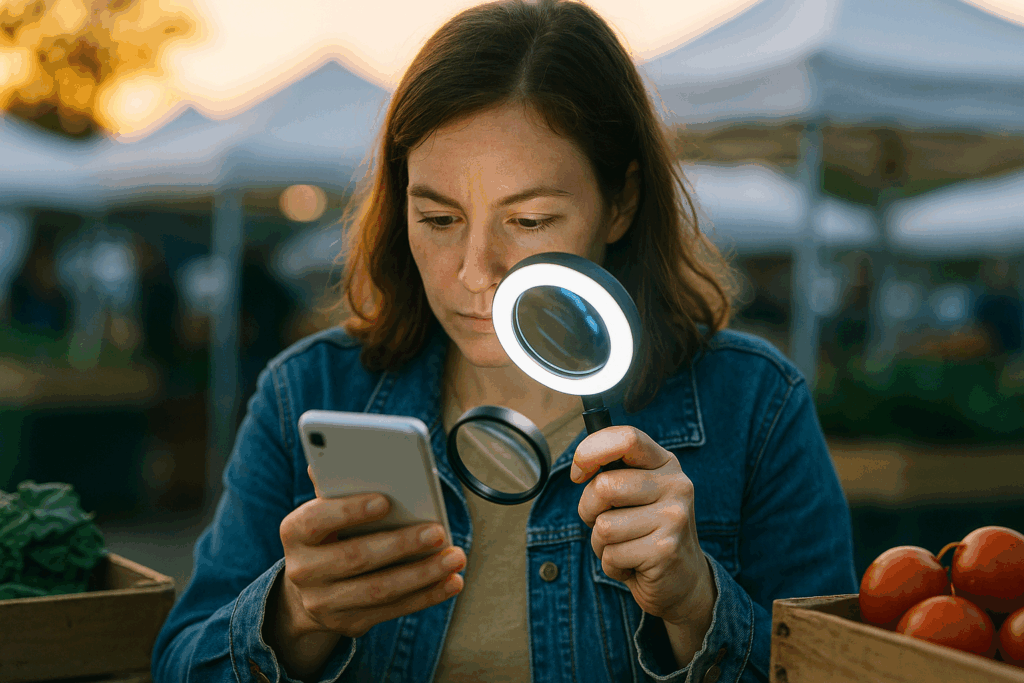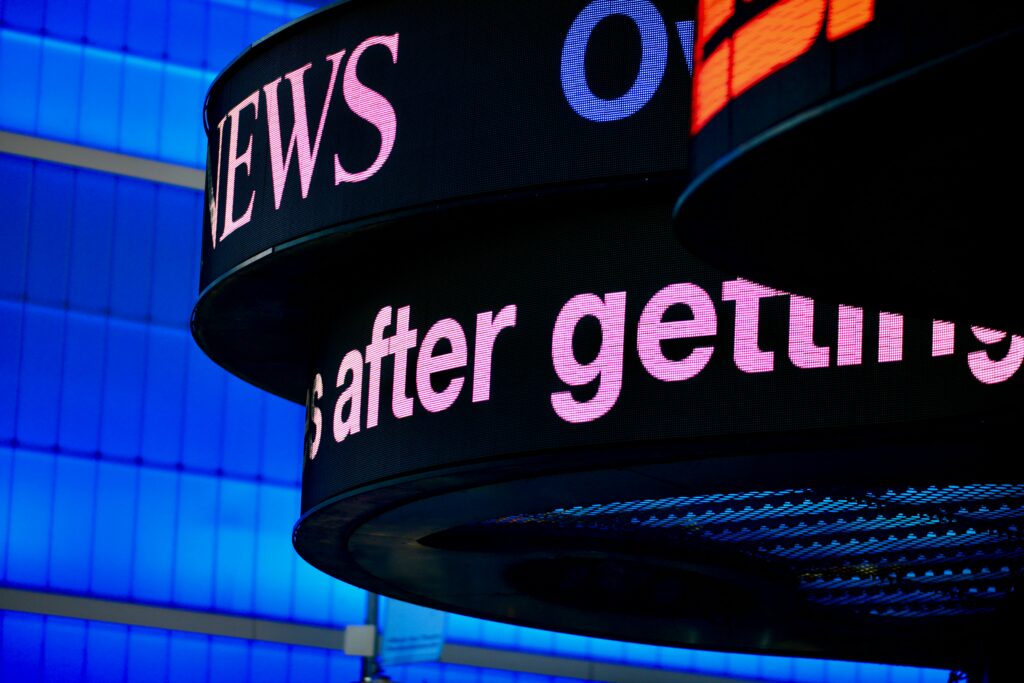What Is Media Literacy—And Why It Matters
Media literacy is the skill of understanding and evaluating the information that bombards us day in and day out. It’s not about memorizing facts—it’s about learning how to question, decode, and think critically about what we watch, read, and share. In a world where every scroll, click, and tap offers up a new piece of content, knowing how to read between the lines isn’t a luxury—it’s a baseline skill.
Being informed means seeking evidence, checking sources, and drawing your own conclusions. Being influenced, on the other hand, means taking in information passively, assuming it’s truthful just because it feels right or aligns with what we already believe. The line between those two isn’t always obvious.
Media shapes how we see the world—sometimes subtly, sometimes on purpose. From shaping political opinions to defining cultural norms, media doesn’t just reflect reality—it filters it. That’s why media literacy matters. It’s the difference between reacting and understanding, between echoing ideas and thinking for yourself.
Core Skills Every Media-Literate Person Should Have
Let’s keep it simple: media literacy starts with asking better questions. Critical thinking means looking beyond the headline and asking, “What’s actually being said here?” and more importantly, “What’s not being said?” It’s about slowing down and not accepting surface-level information just because it’s packaged well.
Source evaluation comes next. Don’t just trust the quote—check out the person saying it. Who funds them? What’s their background? Knowing who’s behind the message helps you figure out what angle might be baked in before the conversation even starts.
Bias isn’t always loud. Sometimes it’s about tone. Sometimes it’s what a story leaves out. The trick is learning to spot patterns—whether a source always leans one way, uses emotional triggers, or consistently skips a part of the bigger picture. If something feels too neat or one-sided, it probably is.
Finally, headlines do heavy lifting. They’re built to grab attention, not provide full context. A smart reader doesn’t just read the headline—they read between the lines. What frame is being used? Is conflict being hyped? Is urgency being manufactured?
Being media literate doesn’t mean being cynical. It means being sharp. Assume there’s always more to the story—and be the person who digs for it.
Types of Media—and How They Shape Content
Traditional media—TV, print, radio—used to be the gatekeepers of news. Journalists vetted stories, editors shaped narratives, and broadcasting was one-way. You got what was aired, printed, or delivered at six o’clock. That model’s still around, but it’s no longer running the show.
Digital-first platforms flipped the script. Now, content is constant, crowd-sourced, and fast. Vlogs, tweets, livestreams—anyone with connection and a camera can broadcast to the world. Social media didn’t just change the speed of news delivery. It changed the entire ecosystem. Audiences don’t wait for a paper or press briefing; they scroll and swipe.
But here’s the catch: algorithms decide what you see. Not truth. Not depth. Just engagement potential. The more a post provokes, the more it spreads. That’s how you end up in echo chambers—digital loops where identical views get amplified, retweeted, and reinforced. Over time, your feed becomes less about balance and more about confirmation.
Understanding these shifts is basic literacy now. Knowing who shaped the story, what platform delivered it, and why it landed in your feed isn’t extra credit—it’s table stakes.
Spotting Misinformation and Disinformation
Fake news isn’t new—it’s just faster, louder, and harder to spot than ever. In the age of clicks, likes, and shares, misinformation spreads quicker than the truth. Disinformation ramps it up, pushing falsehoods with intent. The damage? Public confusion, tribal thinking, and sometimes real-world harm.
Manipulation comes in many forms. There’s the emotional headline designed to spark outrage, the cherry-picked data that leaves out key context, or overly edited images that distort events. These techniques flood timelines, cloaked as news, facts, or even memes. If it triggers a strong emotional reaction before you’ve even read the article, that’s by design.
So what are the red flags? Watch for headlines in all caps or loaded with extreme language. Be skeptical of cropped images with no source, or charts that conveniently show only part of the picture. If you can’t figure out where the information came from—or if it seems too perfect to be true—it probably deserves a second look.
Being media literate doesn’t mean distrusting everything. It means slowing down, asking questions, and recognizing when you’re being played.
How to Analyze News Like a Pro
Understanding a news story goes far beyond reading the headline. A media-literate person knows how to break down a report, question the framing, and validate the facts. Here’s a concise method to sharpen your analysis skills.
Five Steps to Break Down a News Report
Use these steps to examine news stories with clarity and objectivity:
- Identify the source: Is it a reputable outlet with a track record for accuracy?
- Check the headline against the content: Does the article deliver what the headline promises, or is it clickbait?
- Find the primary claim: What is the main idea or argument being presented?
- Look for evidence: Are facts clearly supported with data, quotes, or citations?
- Assess the tone and language: Is it emotional, sensational, or fact-driven?
Ask the Right Questions
When evaluating a news piece, asking the right questions can reveal bias, missing context, or misleading angles:
- Who is telling the story? Is it the original source or a secondary interpretation?
- What is being reported? Are the facts verified or speculative?
- Why now? Is the timing significant, perhaps to align with a trending topic or agenda?
- What’s missing? Are key perspectives or facts left out?
Compare Multiple Sources
No single article can fully encapsulate a complex story. Comparing coverage from multiple outlets can:
- Reveal different angles or framing techniques
- Expose bias through what’s emphasized or excluded
- Offer a more complete and balanced understanding
To go deeper into this process, check out this resource:
Explore more: How to Analyze and Interpret News Coverage
Becoming an Informed, Responsible Media Consumer
Start small. Set aside ten minutes a day to read or watch news from a range of reputable outlets—not just the ones that echo what you already think. Mix local with international, traditional with digital-native. Avoid knee-jerk sharing. If something sounds outrageous, click through, dig deeper, and ask: who benefits from me believing this?
A few tools can help keep your intake clean. Browser extensions like NewsGuard, Media Bias/Fact Check, and CrowdTangle can provide context on sources and help flag misleading stories before you spread them. Reverse image search is your friend. So is the Wayback Machine—use it to check edits and catch stories that shifted over time.
But this isn’t just about what you consume—it’s how you communicate. Media literacy gets real when it leaves your screen. Ask questions in your group chats. Normalize saying “I’m not sure, let me check.” Share clarification, not just headlines. Communities sharpen faster than individuals. If people around you become better media consumers, you will too.
Final Word
In 2024, media literacy isn’t some nice-to-have skill—it’s your basic toolkit for survival. The speed and scale of information hitting our screens demand more than casual scrolling. Whether you’re a student, a creator, or just someone trying to make sense of the day’s headlines, the ability to decode what you’re seeing is essential.
Algorithms are feeding us what they think we want. Not always what we need. It’s easy to get lost in echo chambers, outrage cycles, or polished half-truths. That’s why curiosity matters. So does skepticism. Ask: Who’s telling me this? Why now? What’s missing?
Complacency is where things fall apart. It’s not about being a conspiracy theorist—it’s about doing the work of cross-checking, pausing before reposting, and knowing when to question what looks too perfect to be real. Media literacy means refusing to be spoon-fed someone else’s version of reality. That’s how you stay sharp—and human—in a world trying to automate your opinion.


